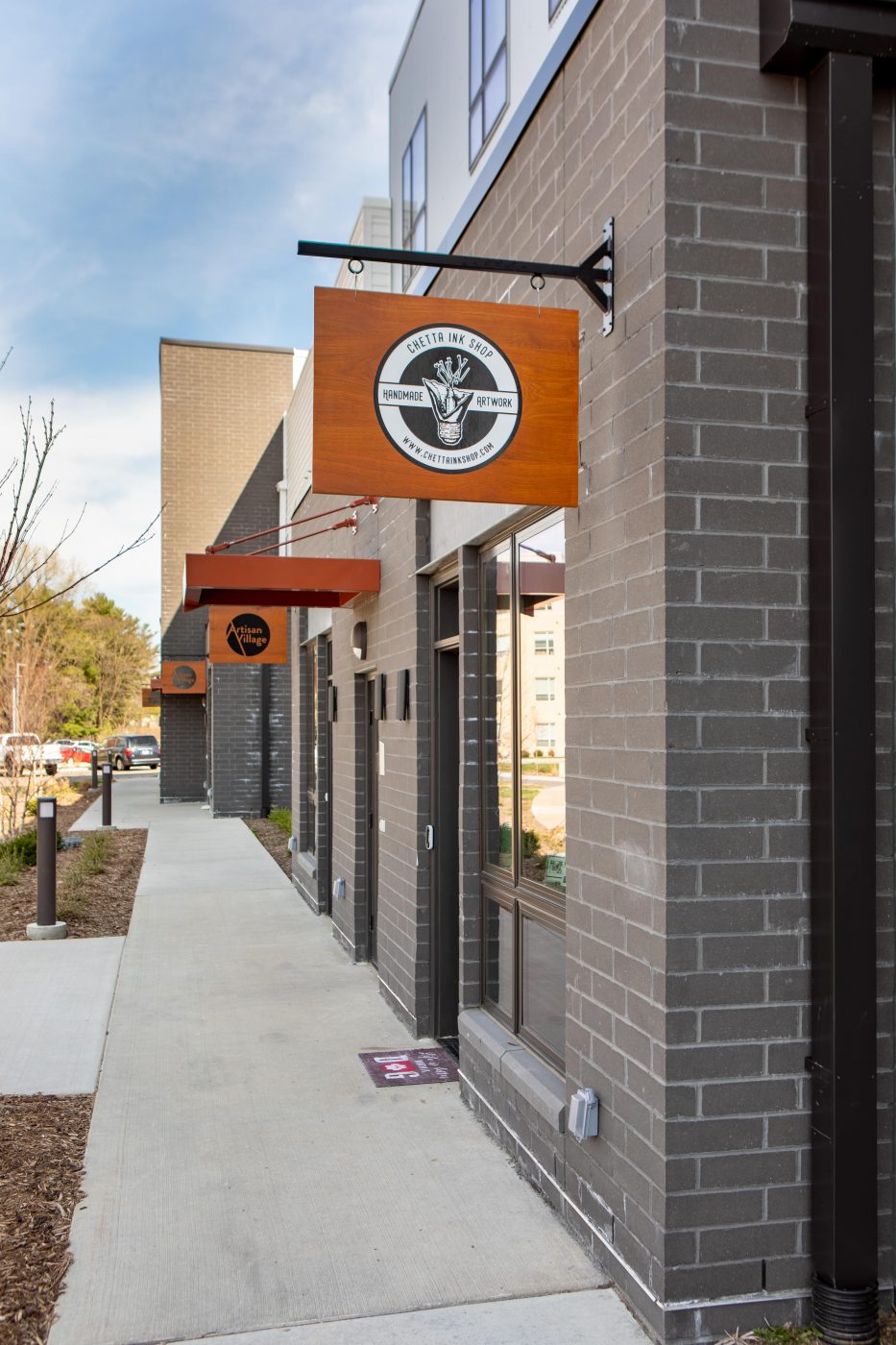

During the erosion process, the river flowed on the top of the bedrock and started eroding holes, which continues to this day. When the lake drained, the river cut into the delta sediments. While the area that would become Shelburne Falls was not under the lake, it was under the sediments of the river that built a delta into the lake. The formation of the river-eroded holes is due to a great glacial lake, Lake Hitchcock, that once filled the Connecticut Valley and extended into the lower Deerfield Valley. The potholes, a couple of blocks down the street from the Bridge of Flowers, began to form after the last glacier age when the Deerfield River first started to flow over the rocks - a mere 14,000 years ago, give or take a few thousand years. Definitely worth the visit! And it's free, although donations are welcome. Benches are located sporadically along its span, providing ideal spots to read, meditate of just gaze at the river and flowers. The bridge features over 500 varieties of annuals and perennials, which are identified with small markers. The 400-foot, five arch concrete bridge was purchased by the Shelburne Falls Woman's Club in 1929 and is still under its leadership. In the center of the village lies the Bridge of Flowers, built as a bridge over the Deerfield River for trolleys in 1908 and abandoned in 1928 with the passing of the trolley line.


 0 kommentar(er)
0 kommentar(er)
